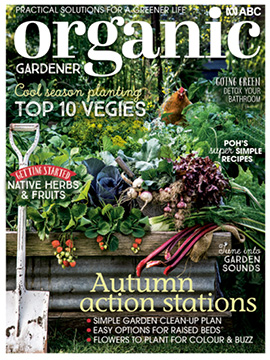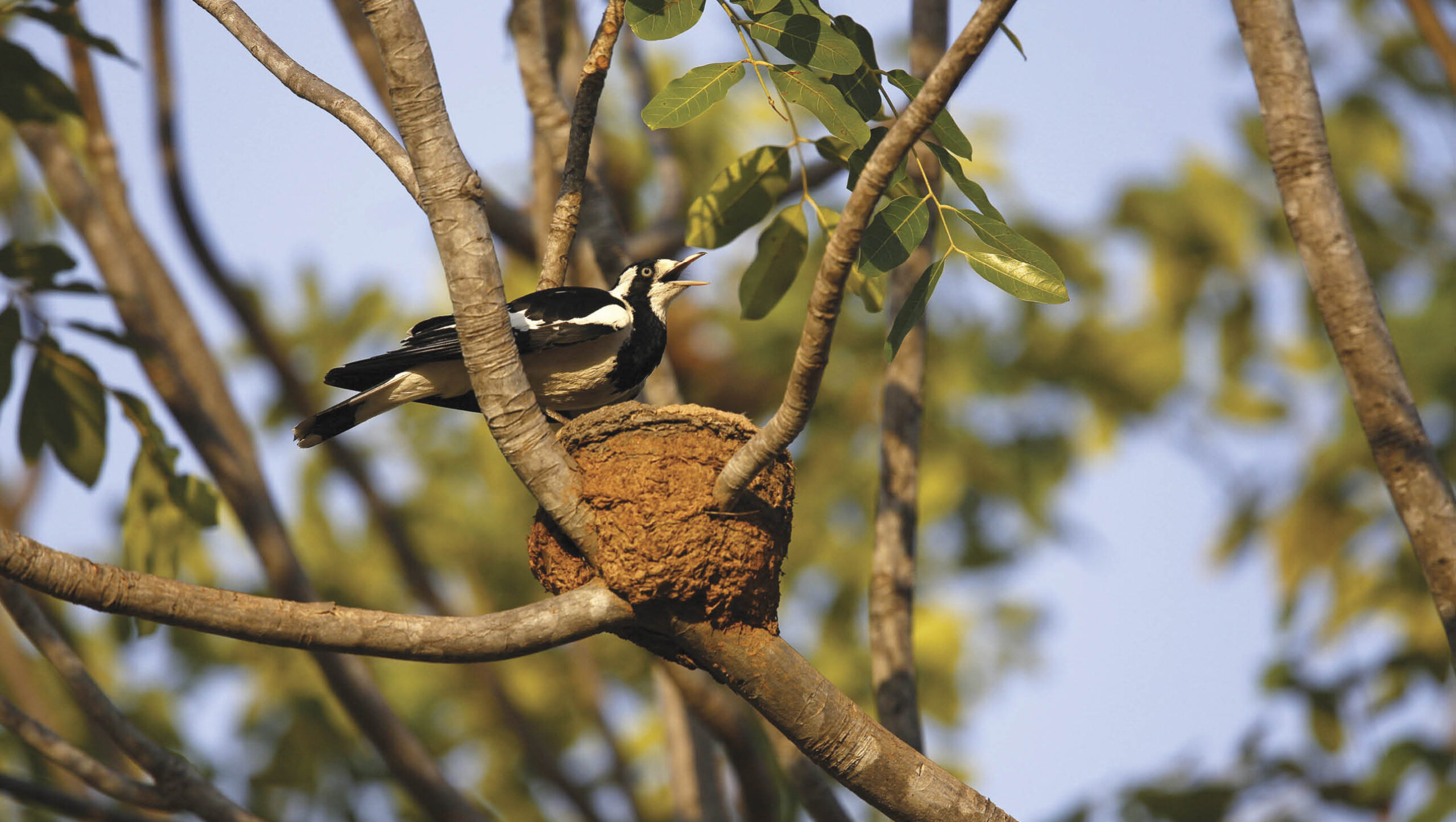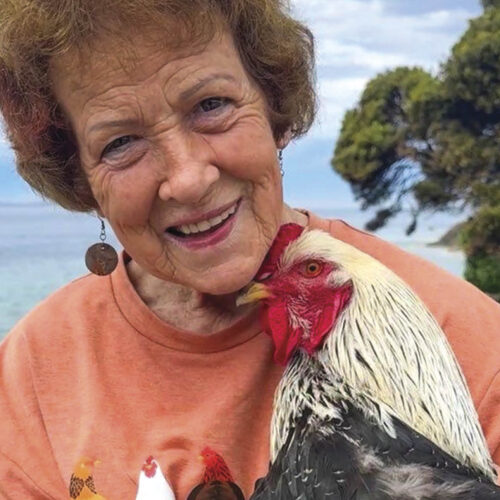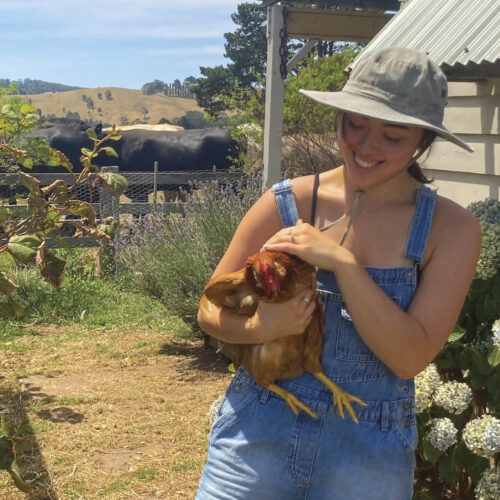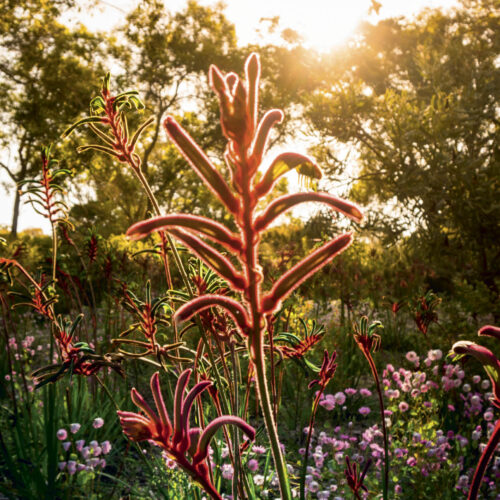Listen to your garden
2024-06-16T05:14:00+10:00
In amongst all the gardening tasks on her to-do list, Penny Woodward likes to take the time to listen to what's going on in her garden and learn from the sounds she hears.
When I wander out into my garden, I try to remember to look for the new growth, the flowers that weren’t open last time, a butterfly or bee I haven’t seen before… instead of just seeing the weeds or the mess more generally.
But I have also been reminding myself to consciously and actively listen to my garden, not to take the sounds for granted, and to think more about the meaning of the sounds.
I know that spring is on the way when I hear the wood ducks chuckling in the trees. The sound of late spring are the cockatoos and corellas screeching and wheeling overhead, looking for the seedpods in the acacias lining our roads.
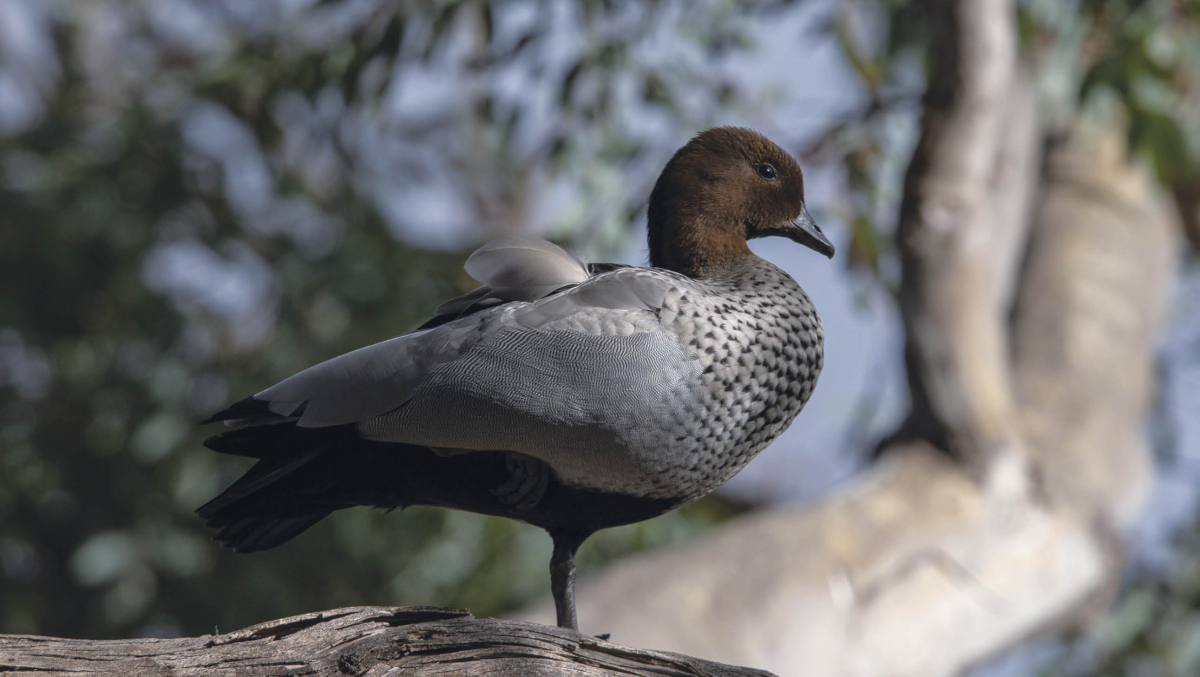
Sometimes, the first time I realise something’s in flower, is when I hear the low hum of bees (or in some cases flies). And my accompaniment right through the heavy rains of last winter and spring were the frogs. Common eastern froglets, whistling tree frogs, and pobblebonks create a myriad of frog noises.
The most common bird calls in my garden are magpies, doves, kookaburras and the frustrating and annoying blackbirds that constantly scratch in my garden beds, but even I soften towards the blackbirds when I hear their lyrical, lilting song at the beginning and end of every day.
The growing silence of the natural world
Natural sounds are often drowned out by what acoustic experts call the anthrophony of human noises: cars, trucks, loud music, mowers, blowers, whipper snippers and more.
With the growing use of battery-powered vehicles and tools these noises will eventually be reduced, but all over the world, climate change and human impact on the planet is muting nature’s symphony.
The diversity of bird and frog calls is diminishing to the extent that Birdlife Australia released Songs of Disappearance in 2021, recording the songs of 53 threatened bird species, which made it to No. 2 on our ARIA charts. Now we have a Songs of Disappearance for frogs, a recording of 43 threatened species (to buy or download digital versions or a CD go to: songsofdisappearance.com). I would be so sorry to lose any of our iconic croaks, grunts, barks, and bellows off the face of the planet.
Lost sounds
Even if you are not actively listening to the chorus of the natural world, the chances are you are still hearing it. Many individual sounds can have special significance. The noises I rarely hear now are cicadas in summer, although this year they turned up in all their cacophonous glory once temperatures shot up (did you know there are possibly 1000 cicada species in Australia, but only about 250 have been identified?).
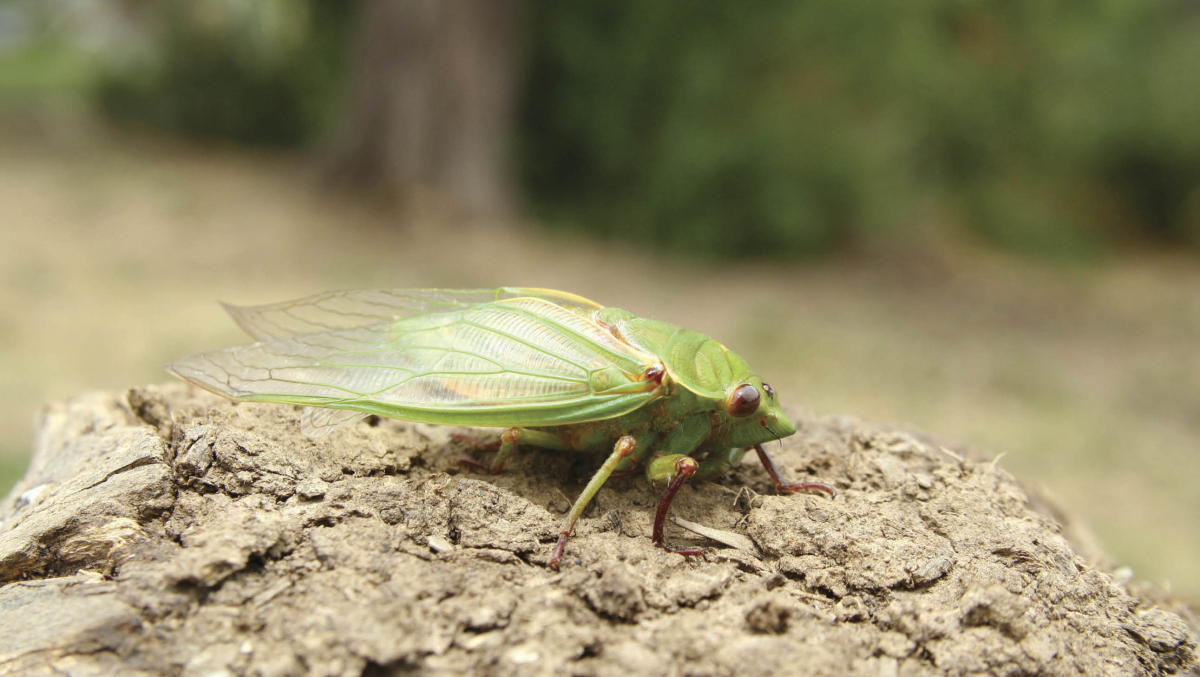
I used to hear koalas grunting every week or so but now we’re lucky to hear or see them once or twice a year. I seldom hear the chirping of sugar gliders at night, or the gravelly call of the growling grass frog. All of this means that something has changed so that conditions no longer support these species in our area.
Action and research
We can help by planting more trees, turning lights off at night, generally increasing the diversity of plants and places of shelter in our gardens and parks, and becoming citizen scientist partners with researchers. Fortunately, our amazing scientists are still working furiously to identify our species and to understand what they need to survive.
Even with our natural sounds diminishing, new technologies are working to hear more of what we have. There is some very recent research that is using digital bioacoustics with tiny, portable digital recorders that allow us to ‘hear’ sounds that human ears are not capable of picking up. We now know some young turtles make sounds inside their shells, and that mother turtles call to their young from nearby water guiding them to safety. See the book by Karen Bakker: The Sounds of Life (karenbakker.org/book/the-sounds-of-life-2022).
Wetland Birds
Some recent research, partly on French Island just off the coast of Victoria where I live, looks at cryptic birds. These birds are hard to find and study. Scientist Dr Liz Znidersic has used solar power and small recording units to record the calls of birds, such as Lewin’s Rail and two different bittern species, to identify where they are and what they’re doing. They listen for wetland birds because it is easier (and better for the birds) to hear them than to try and see them!
They have recorded hundreds of hours of sound in different wetlands, that’s thousands of hours in total. This is all too much for an individual person to listen to, but dedicated computer scientists have worked out how to analyse this information automatically to find specific species. They can also look at the whole wetland sound in one image. These images are called long-duration false-colour spectrograms, and they show the morning and evening bird choruses, individual calls and all the sounds in between. To see pictures of the soundscapes and find out more about the research go to: eavesdroppingonwetlandbirds.com.au.
Conclusion
I love it that scientists are constantly coming up with new ways to do things that will help us understand the planet, and highly recommend you join in with any citizen science projects monitoring and working to save wildlife populations.
In the meantime, take a cuppa out into your garden, or nearby park or bushland, and just sit and listen. Even in busy urban areas you can still hear nature, especially at dawn and dusk. And when you are in the garden, or perhaps that of a friend, don’t forget to look… and listen to the beauty that surrounds you.
Penny’s full article first appeared in our Early Autumn 2023 issue (OG 139). To get more organic growing and living ideas, get the latest issue of the magazine here.
